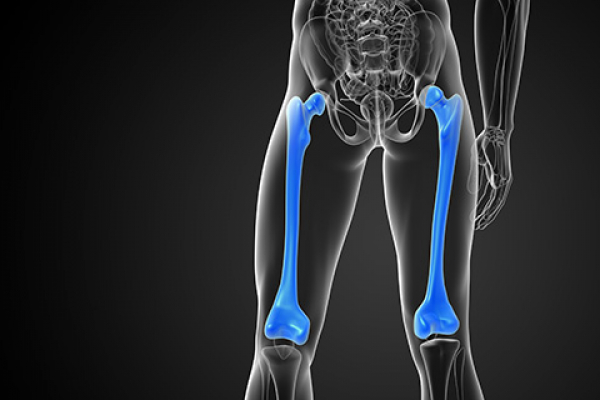
The rector of the Universidad Internacional Iberoamericana de México (International Iberoamerican University of Mexico, UNINI Mexico), Dr. Luis Alonso Dzul, collaborates with the Universidad Internacional Iberoamericana (International Iberoamerican University, UNIB) to optimize the identification of lower limb disorders.
Limb disorders have been identified as a key driver of disability and reduced quality of life worldwide. One of the most common disorders is osteoarthritis of the knee, hip, and ankle. These conditions are usually the result of trauma, degenerative diseases, or biomechanical abnormalities. Accurate and rapid classification of these conditions helps to plan effective treatment, personalized rehabilitation, and prevent future consequences.
Usually, the detection and extent of such disorders is performed by clinical trials, subjective patient testimonials, and diagnostic imaging such as x-rays and magnetic resonance imaging (MRI). Although these techniques have proven to be effective, they constantly require the use of specialized equipment, a large investment of time, and may not capture the full dynamics of joint movement.
Therefore, with the aim of improving the identification of disorders, the objective of this research has been to determine the possible application of PoseNet functions and gait analysis in the classification of lower limb disorders.
PoseNet was developed by Google and is a real-time pose estimation model that uses deep learning techniques to efficiently evaluate human poses using photographs and videos. In addition, it has a non-invasive approach and is easy to use to extract human posture data through videos, without the need for dedicated devices or markers attached to the body. This facilitates a more accurate assessment.
Gait analysis is also very efficient in the identification and evaluation of lower limb conditions. This analysis encompasses the evaluation of the individual's gait pattern, stride length and width, joint angles, and time coordination of movements.
Research results
This new approach to the classification of lower limb problems emphasizes the knee, hip, and ankle. The results showed that the proposed method is very accurate in the classification of lower limb diseases, with accuracies ranging from 93.44% to 98.84%. Some of the benefits of this method are its non-invasiveness, ease of use, and its ability to capture natural gait patterns.
Therefore, it is a very efficient method that could help medical personnel to accurately identify and diagnose lower limb disorders.
If you want to know more about this fascinating study, click here.
To read more research, check the UNIB repository.
Lastly, the Universidad Internacional Iberoamericana (UNIB) offers the Master in Project Design, Administration and Management with a Specialty in Innovation and Product. This program aims to train professionals with a high social and ethical commitment, with a vision open to the development of new innovative projects that contribute to the improvement of health and society.